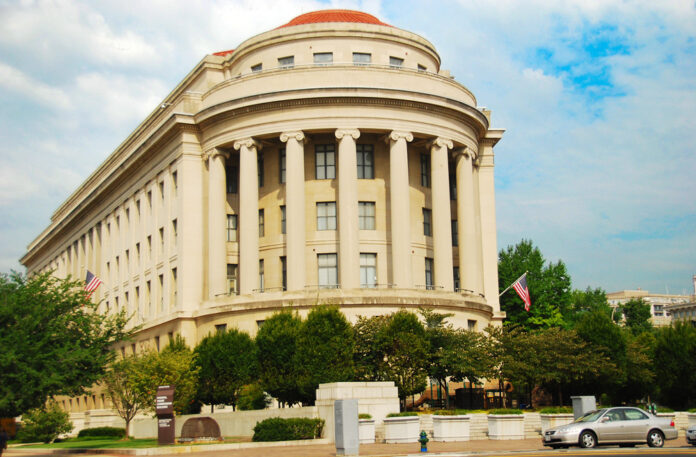Yesterday, the Federal Trade Commission (FTC) implemented a new rule that bans noncompete agreements for the majority of workers across the United States. This transformative rule, slated to become effective 120 days after its publication in the Federal Register, marks a substantial shift in the landscape of labor and employment law.
Noncompete agreements have traditionally been used by employers to prevent employees from entering into competition against them after leaving the company. Such agreements have been especially prevalent in industries where proprietary knowledge or sensitive information is at stake. However, these agreements have also been criticized for limiting workers’ mobility and suppressing wage growth by preventing employees from taking potentially higher-paying jobs or starting their own businesses.
According to FTC Chair Lina M. Khan, the abolition of noncompete clauses is expected to unlock the American economy’s potential by removing barriers that prevent individuals from pursuing better employment opportunities or starting new enterprises. The FTC estimates that the elimination of noncompetes could result in the creation of over 8,500 new businesses annually and significantly increase the earnings for workers by an average of $524 per year.
The final rule not only prohibits the future use of noncompete clauses but also nullifies existing agreements for most workers. It does make an exception for senior executives, defined as employees earning more than $151,164 annually, who can remain bound by noncompete clauses. For those under existing noncompete agreements, employers are required to provide formal notice stating that these agreements will no longer be enforced.
This decision by the FTC was met with a mixture of support and opposition. Proponents argue that noncompetes stifle innovation and hold wages below their potential, particularly impacting the healthcare sector where up to $194 billion could be saved in costs over the next decade. Critics, including some from the business community represented by groups like the U.S. Chamber of Commerce, contend that noncompetes are crucial for protecting investments and intellectual property. They also question the FTC’s authority to enforce such a sweeping ban and predict that the issue will likely lead to legal challenges.
The rule’s introduction followed an extensive public consultation period during which the FTC received over 26,000 comments, predominantly in favor of banning noncompetes. This robust public input highlights the strong interest and potential impact of the rule on the U.S. labor market.
Furthermore, the FTC argues that employers can still protect their interests through other legal measures such as trade secret laws and non-disclosure agreements, which do not prevent employees from changing jobs. This approach suggests a shift towards more open competition for talent in the labor market, potentially leading to better wages and working conditions as employers strive to attract and retain staff.
As the rule sets in, the FTC has made provisions for employers to smoothly transition by providing model language that can be used to inform employees about the changes regarding noncompete clauses. This regulatory change is seen as part of a broader effort by the Biden administration to promote labor mobility and fair competition within the U.S. economy, aligning with other initiatives aimed at addressing corporate practices deemed anti-competitive or harmful to workers.
The impact of this rule will be closely watched, as it promises to reshape the dynamics between employers and employees, potentially fostering a more dynamic and competitive economic environment.
Image is licensed under the Creative Commons Attribution 4.0 International license and was created by musaegdf4.










